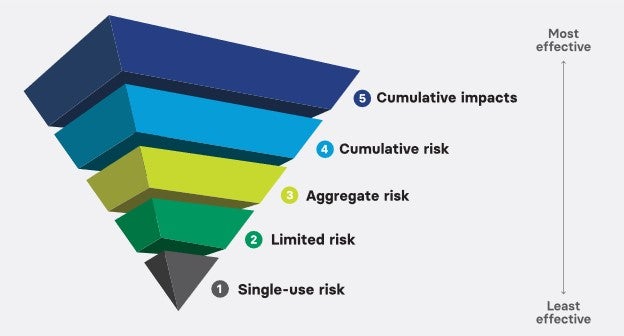
NOTE: This is the second in a series about EPA’s regulation of new chemicals.
What Happened?
EPA recently proposed new regulations for its safety reviews of new chemicals under our nation’s main chemicals law, the Toxic Substances Control Act (TSCA). With this action, the agency has a big chance to solve major problems that have undermined scientific integrity, transparency, and public confidence in EPA’s ability to ensure the safety of new chemicals. Unfortunately, the proposed regulation that EPA put out for comment this year falls far short of this goal.
EDF has joined with other organizations, including AFL-CIO, the American Federation of Teachers, and the National Resources Defense Council, in a letter urging EPA to make fundamental changes (PDF, 178KB) to these proposed regulations. One of the most important is this: the agency should end its longstanding practice of sharing about the risks of new chemicals with only the companies that make them—and allowing those companies to dispute the results.












